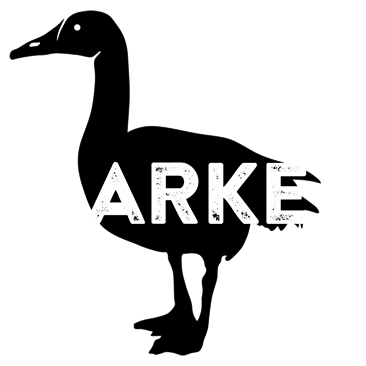Peach Wood Smoked Ham with Rosemary, Tangerine, Mustard Glaze or City Ham
Your ham is fully cooked. If you'd like to serve it warm, here’s how we recommend warming it up…
1. Preheat oven to 325 F.
2. Unwrap ham and place in shallow roasting pan on roasting rack. Pour any juices from the ham package over the ham. (The Rosemary, Tangerine, Mustard Glaze is already on the Peach Wood Smoked Ham—there is no second package. Pour any glaze or juices left in the ham packaging over the ham.)
3. Cover bottom of pan with a little water. (Optional: instead of water, use stock, cider, wine, or orange juice.)
4. Cover ham and roasting pan with a loose "tent" of aluminum foil, and seal edges of aluminum foil tightly around rim of roasting pan. Bake for approximately 12-15 minutes per pound.
5. With about 30 minutes left in heating time, remove ham from oven and baste with juices from pan. Return ham to oven uncovered and continue heating. Basting can be repeated several times during those last 30 minutes.
6. Final internal temperature of ham should reach 140 F. Remember, ham is already fully cooked, but heating to this temperature helps ensure it’s warm throughout.
7. Remove ham from oven and allow it to rest for 15 minutes before slicing.
ALL-IN-ONE LAMB MARINADE
If you purchased the Lamb Marinade, store it in the fridge until ready to use. Empty the entire contents onto a Leg of Lamb and rub all surfaces of the meat with the marinade. Allow it to rest covered in the refrigerator for at least 6 hours or overnight. Remove from refrigerator and allow to rest at room temperature for about an hour hour. To roast, continue with Step 2 in the recipe’s instructions below.
ROASTED LEG OF LAMB
WITH SHERRY VINEGAR & HERB PAN SAUCE
a holiday recipe from Goose owner and chef, Chris Eley
1 bone-in or boneless leg of lamb
1 lamb marinade kit (pre-order item at Goose the Market)
(if you don’t have a marinade kit, prepare a combination of fresh lemons, fresh garlic, fresh rosemary, thyme, oregano, and other fresh herbs you like plus extra virgin olive oil, mustard, kosher salt, cracked black peppercorns)
For the Sauce:
1 tsp sherry vinegar
2 cups lamb stock (or other mild flavored stock)
1 cup red wine
1 cup chopped herbs: equal parts oregano, chives, rosemary and flat leaf parsley
1 Tbsp butter
Method of Preparation:
1. Rub all accessible surfaces of the lamb leg with the marinade and allow it to rest covered in the refrigerator for at least 6 hours or overnight. Remove from refrigerator and allow to rest at room temperature for about one hour.
2. Preheat oven to 425F
3. Put the marinated lamb leg in a roasting pan with an elevated rack, slide it into the oven, and sear for 10 minutes.
4. Lower the temperature to 300F and continue to cook.
5. Cook for about 20-25 minutes per pound for medium rare. When ¾ of the cooking time has passed, check the meat to ensure that it is ¾ of the way to your desired temperature, then adjust roasting time if needed. The finished temperature of the leg of lamb should be about 125F - 130F for medium rare.
6. Remove the roasted lamb leg from the oven and loosely cover with tin foil. Allow it to rest for about 15 minutes before slicing.
7. In the meantime, make the pan sauce: collect the drippings of the lamb leg and combine with the wine and stock. Over medium-high heat, reduce the mixture by half the total volume.
8. Season the sauce with the vinegar, salt, and pepper. To finish, mount with butter (aka throw in some cubed, cold butter and whisk until incorporated). Toss in the herbs, and grab a seat at the table.
Cook’s Tip: Tasting the wine throughout the cooking process not only ensures compatibility but also improves the overall quality of the end product. Just remember to save a cup for the sauce.

